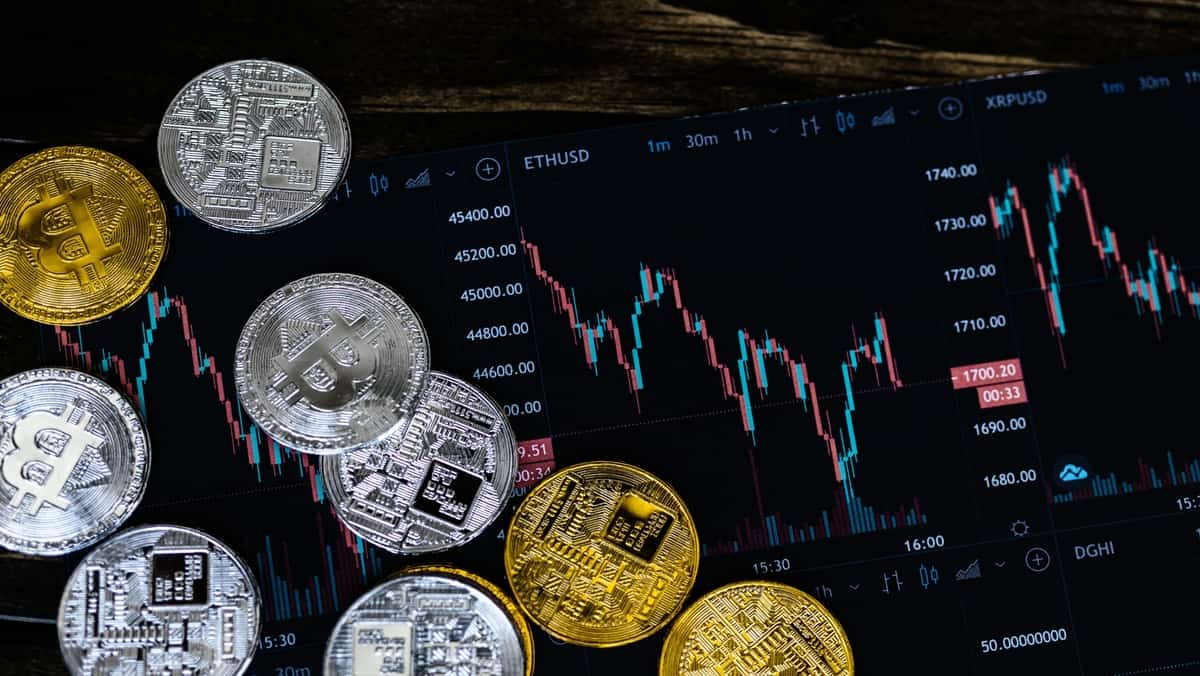
You are attempting to access a website operated by an entity not regulated in the EU. Products and services on this website do not comply with EU laws or ESMA investor-protection standards.
As an EU resident, you cannot proceed to the offshore website.
Please continue on the EU-regulated website to ensure full regulatory protection.
วันพุธ Feb 12 2025 06:21

4 นาที

What is metal trading, metal trading refers to the buying and selling of various metals, primarily precious and industrial metals, in financial markets.
This trading can take place through various avenues, including spot markets, futures contracts, and exchange-traded funds (ETFs). Understanding how metal trading works can help investors and traders navigate this unique asset class effectively.
1. Precious Metals
Precious metals are rare and valuable, often used as a store of value and in jewelry. Key precious metals include:
Gold: Widely regarded as a safe-haven asset, gold is often sought during economic uncertainty.
Silver: Used in industrial applications as well as jewelry and investment.
Platinum: Primarily used in automotive catalytic converters and jewelry.
Palladium: Increasingly popular for its use in automotive and electronic applications.
2. Industrial Metals
Industrial metals are essential for manufacturing and construction. Key industrial metals include:
Copper: Vital for electrical wiring and plumbing.
Aluminum: Used in packaging, transportation, and construction.
Zinc: Commonly used for galvanizing steel to prevent rusting.
Nickel: Important for stainless steel production and batteries.
Marketplaces for Metal Trading
Metal trading occurs on various platforms, including:
Spot Markets: Metals are bought and sold for immediate delivery at current market prices.
Futures Markets: Contracts are traded that obligate the buyer to purchase, or the seller to sell, a specific amount of metal at a predetermined price on a future date.
Exchange-Traded Funds (ETFs): Investors can buy shares in funds that hold physical metals or derivatives based on metals.
Trading Mechanisms
Buying and Selling
Spot Trading: Involves immediate transactions where traders purchase metals at current market prices.
Futures Trading: Traders enter contracts to buy or sell metals at a future date, allowing speculation on price movements.
Leverage
Many metal trading platforms allow traders to use leverage, meaning they can control a larger position with a smaller amount of capital. While this can amplify profits, it also increases the risk of losses.
Hedging
Producers and consumers of metals may engage in hedging to protect against price fluctuations. For example, a mining company might sell futures contracts to lock in current prices for future production.
Several factors influence metal prices, including:
Supply and Demand: Basic economic principles govern price movements; increased demand or decreased supply typically leads to higher prices.
Economic Indicators: Global economic conditions, including inflation rates, interest rates, and manufacturing data, significantly impact metal prices.
Geopolitical Events: Political instability or changes in regulations can affect supply chains, influencing prices.
Currency Strength: Many metals are priced in U.S. dollars, so fluctuations in the dollar's value can impact metal prices.
Advantages of Metal Trading
Diversification: Metals can provide a hedge against inflation and economic downturns, diversifying an investment portfolio.
Liquidity: Many metals, especially precious metals, have high liquidity, making it easier to enter and exit positions.
Safe Haven: Precious metals like gold are often viewed as safe-haven assets during times of market volatility.
Risks of Metal Trading
Price Volatility: Metal prices can be highly volatile, leading to significant gains or losses.
Leverage Risks: While leverage can amplify profits, it can also magnify losses, making risk management crucial.
Market Sentiment: Metal prices can be affected by market sentiment, which may not always align with fundamental factors.
Metal trading offers opportunities for diversification and profit but comes with its own set of risks. Understanding the types of metals traded, the mechanisms of trading, and the factors influencing prices is essential for anyone looking to engage in this market. Whether through spot markets, futures contracts, or ETFs, informed trading in metals can be a valuable addition to an investment strategy.
When considering shares, indices, forex (foreign exchange) and commodities for trading and price predictions, remember that trading CFDs involves a significant degree of risk and could result in capital loss.
Past performance is not indicative of any future results. This information is provided for informative purposes only and should not be construed to be investment advice.
Risk Warning and Disclaimer: This article represents only the author’s views and is for reference only. It does not constitute investment advice or financial guidance, nor does it represent the stance of the Markets.com platform. Trading Contracts for Difference (CFDs) involves high leverage and significant risks. Before making any trading decisions, we recommend consulting a professional financial advisor to assess your financial situation and risk tolerance. Any trading decisions based on this article are at your own risk.